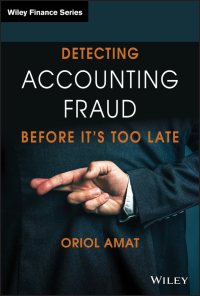Question
Raleigh Department Store uses the conventional retail method for the year ended December 31, 2019. Available information follows: a. The inventory at January 1, 2019,
Raleigh Department Store uses the conventional retail method for the year ended December 31, 2019. Available information follows:
a. The inventory at January 1, 2019, had a retail value of $51,000 and a cost of $38,060 based on the conventional retail method. b. Transactions during 2019 were as follows:

Sales to employees are recorded net of discounts.
c. The retail value of the December 31, 2020, inventory was $60,180, the cost-to-retail percentage for 2020 under the LIFO retail method was 75%, and the appropriate price index was 102% of the January 1, 2020, price level.
d. The retail value of the December 31, 2021, inventory was $51,450, the cost-to-retail percentage for 2021 under the LIFO retail method was 74%, and the appropriate price index was 105% of the January 1, 2020, price level.



Step by Step Solution
There are 3 Steps involved in it
Step: 1

Get Instant Access to Expert-Tailored Solutions
See step-by-step solutions with expert insights and AI powered tools for academic success
Step: 2

Step: 3

Ace Your Homework with AI
Get the answers you need in no time with our AI-driven, step-by-step assistance
Get Started


